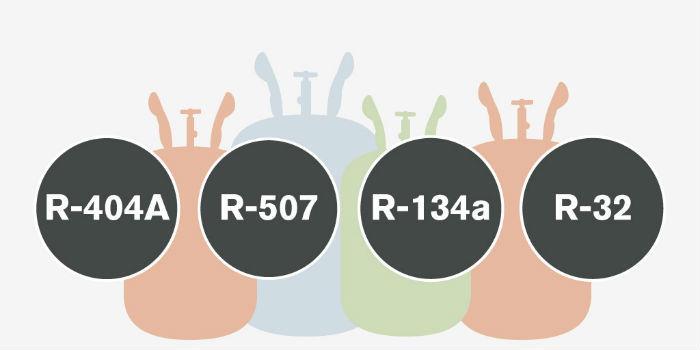 With the inclusion of HFCs in the Montreal Protocol for their phase-out, the question that arises is whether we in Latin America are ready to face this development.
With the inclusion of HFCs in the Montreal Protocol for their phase-out, the question that arises is whether we in Latin America are ready to face this development.
by Duván Chaverra Agudelo
In a historic development, nearly 200 countries reached an agreement to gradually reduce the production and use of HFCs, following the meeting held at the beginning of last October in Kigali, Rwanda, by the Parties to the Montreal Protocol.
This crucial decision could prevent global warming by 0.5 degrees Celsius by the year 2100. In addition, it has important implications within our air conditioning and refrigeration sector, so it is time to plan how we will act from here on out.
For that reason, we spoke with two experts in the field of refrigerants in Latin America, to know their impressions and their recommendations on how the decision should be handled and how it should be acted: Omarly Acevedo, currently an independent consultant, and who has an experience of 11 years as a Consultant in Colombia and Latin America of the United Nations Program (UNDP) in issues related to the implementation of the Montreal Protocol and Alternative Substances with Low Environmental Impact, especially Hydrocarbons. She is also a lecturer, professor, instructor and evaluator of competencies in refrigeration and air conditioning.
For his part, Gildardo Yáñez, who has 32 years of technical field experience, in the installation, repair and service of refrigeration equipment. He serves as the Technical Manager of grupo Refrigerantes in Mexico.
The global impact of the treaty
Omarly Acevedo commented that "The use of HFCs increased significantly since it began with the elimination of CFCs (Chlorofluorocarbons) and subsequent control of HCFCs (Hydrochlorofluorocarbons). The sectors that have had the highest demand for these refrigerants (HFCs) are mobile air conditioning, 20%, commercial refrigeration, about 38%, and residential air conditioners, 15%; if this trend continues, HFC consumption is projected to double by 2020 and by 2050 could constitute up to 20% of global CO2 emissions; under this scenario Latin America would be strongly threatened, since many areas of the continent are vulnerable to climate change, accentuated by its geography, the way in which its population and infrastructure are distributed, its dependence on natural resources and the importance of agricultural activity, that is why the Amendment in Kigali represents a light of hope, which would prevent billions of tons of greenhouse gases from being released into the atmosphere in the not too distant future."
Omarly adds that the HVAC/R industry may be concerned right now, especially in those applications where there are no clear replacement alternatives "but this more than concern should motivate it to take immediate action to overcome the barriers that prevent the use of refrigerants with low impact on climate stability."
For his part, Gildardo Yáñez explained the way in which the regions of the world have planned the gradual elimination of these HFCs. "All the signatory countries were divided into three groups: In group one are the countries of the first world such as the members of the European Union and the United States. These countries are already taking action to move away from HFC refrigerants such as R-404A, R-507 and R-134a. In the European Union, with Regulation F, and in the US with the SNAP Regulation. These countries will have to start implementing reductions in the use of hydrofluorocarbons in 2019. That year they should reduce their use by 10%, based on the period between 2011 and 2013. By 2036, the reduction will be 85%. Group two is made up of Article Five or developing countries, such as Mexico and all of Latin America. The period that is taken as the basis for the cuts will be between 2020 and 2022. The first year of application, also with a reduction of 10%, will be 2029. By 2045, the cut will be 80%.
Actions of governments and professionals
Omarly believes that in terms of adapting professionals to the new policies, the path will be laborious, and the key is in training.
"In Colombia in particular, and I think it is a trend at the Latin American level, it is presumed that most people who work in refrigeration and air conditioning, do not have formal training; it is estimated that of the total number of technicians, 7% have a university degree (not related to studies in refrigeration and air conditioning), 20% have received some type of formal training and 73% are considered empirical, this panorama highlights the need for training they have, especially now if it is considered that the substances to be handled are very special for their physical, thermodynamic and safety properties. Good practices should be strengthened and the possession of suitable equipment and instruments for each refrigerant an obligation."
And during the removal process?
An unknown is to know what will happen to our industry during the elimination process, how will it behave and what novelties will be presented? Gildardo Yáñez assures that "we are going to have new equipment with a lower environmental impact. The refrigerants are going to have a low effect on the atmosphere by the new refrigerants, just as we're going to need less energy to make them work."
Omarly Acevedo has a similar opinion on the matter: "The refrigeration and air conditioning industry during this process of phasing out HCFCs, and now HFCs, must continue its normal development, reinventing itself and adapting to natural or synthetic refrigerants of low GWP (Global Warming Potential) and the needs of lower consumption energetic, it cannot be otherwise."
Are we ready for change?
According to our guests, everything indicates that many other efforts must be made to act correctly in the face of the changes that are taking place in the world and that concern us as an industry. Gildardo highlights the importance of updating regulations for the arrival of new equipment that will have additional security measures.
"The new equipment is going to come with flammable, slightly flammable refrigerants or they're going to work with a high pressure. We need more training programs for technicians so that they can work safely following safety measures when installing and maintaining them."
Omarly, for her part, is clear in demanding responsible measures in the face of solutions that she considers to be temporary when such events such as the amendment to the Montreal Protocol occur.
"The HVAC/R sector is fighting a tough battle, in which several actors have been harmed: the planet that has suffered irreparable damage and the confused end user who does not find in the market a forceful cooling solution that does not have to change in a short time, because it is no longer the best option; therefore, it is urgent that Latin America take a definitive and non-transitory responsible position in the face of this problem; it is prepared to do so, it has committed leaders in different instances of government, manufacturers, large end users, marketers, importers and service providers, which will serve to form cooperation structures capable of facing the challenges posed by the process of development and transition to cleaner and more sustainable technologies".
Alternatives to HFCs
There are several alternatives to make the leap, as Gildardo Yáñez explains: "In my opinion, the technologies that use natural refrigerants are currently not very widespread in their use. R-134a (PCG=1430) will be replaced by flammable natural refrigerants A3. R-290 (Propane PCG=3) in commercial refrigeration equipment and R-600a (Isobutane PCG=3) in domestic refrigeration equipment. R-410A (PCG=2088) will be replaced by synthetic refrigerants with low global warming potential such as the slightly flammable R-32 A2L (PCG=675) or by natural refrigerants such as R-290. R-404A (PCG=3922) will be replaced by carbon dioxide R-744 (PCG=1) in supermarkets, and temporarily by R-448A (PCG=1387) or R-449A (PCG=1397), in which synthetic refrigerants with a lower global warming potential are designed."
Omarly complements by estimating that Europe and North America will be the reference guide for Latin America, since the nations that inhabit these regions have an advantage in terms of their schedule of elimination of polluting substances.
"The industry has already been working on its own in the improvement of eco-efficient alternatives for the refrigeration and air conditioning sector with natural refrigerants such as Ammonia (NH3), Carbon Dioxide (CO2), Hydrocarbons (HC), Hydrofluoro-olefins (HFO), among others, which are already available in the market, only in Latin America, in some countries more than in others, there are barriers that prevent their positioning; access to refrigerant and spare parts, high costs, safety standards, psychological aspects, training, are some of them. Developed countries will have much to contribute in this regard, given that the timetable for the elimination of HCFCs, and now of HFCs, is designed for them to eliminate these substances 10 years earlier than developing countries. consequently they have science and engineering in the most advanced HVAC/R sector, experience that must be shared with the rest of the world."
BOX
Beginning of the end of HFCs
On October 15, 2016 in Kigali, Rwanda, the 197 parties to the Montreal Protocol agreed on an amendment that aims to gradually reduce the use of hydrofluorocarbons (HFCs), gases found in air conditioners, refrigeration appliances, foams and aerosols that have a strong impact on global warming. It is estimated that this decision could limit the increase in global average temperatures to a level of 0.5 degrees Celsius by the end of the century, one of the most important steps in the fight against climate change, and an important contribution to the objectives of the Paris Agreement, which came into force on November 4, 2016, which stipulates that countries must do their best to prevent the increase in global temperature from exceeding 1.5 degrees Celsius.
 The Kigali amendment has been established through a phased plan to reduce the manufacture and consumption of HCFCs over a period of 26 years, and should be implemented in the short term in developed countries, and in the medium term in developing and hotter countries. The amendment specifies that each group of countries will complete their production, import and consumption of HFCs at different times and with adjusted targets, considering the conditions of the different states Parties to the Montreal Protocol, as well as the availability of technologies and the existence of new alternative refrigerants, chiefly.
The Kigali amendment has been established through a phased plan to reduce the manufacture and consumption of HCFCs over a period of 26 years, and should be implemented in the short term in developed countries, and in the medium term in developing and hotter countries. The amendment specifies that each group of countries will complete their production, import and consumption of HFCs at different times and with adjusted targets, considering the conditions of the different states Parties to the Montreal Protocol, as well as the availability of technologies and the existence of new alternative refrigerants, chiefly.
The United States of America, Japan, the European Union and other developed countries will freeze their production of HFCs in 2019, with the goal of reducing their use to 90% of the average production levels corresponding to the period from 2011 to 2013 and with a date to reach the goal of 15% of consumption of these substances by 2036, according to the reference schedule indicated.
A second group of countries: Africa, Latin America and the Caribbean, China, Thailand, Malaysia, Indonesia, Turkey, Pacific Islands, Maldives, Sri Lanka, among others, will freeze their production and consumption of HFCs in 2024, with the goal of reducing use to 90% of the average consumption levels corresponding to the years 2020 to 2022, and with a date to reach the target of 20% of the consumption of these substances by 2045.
A third group, which are classified as high ambient temperature countries, including India, Pakistan, Iran, Iraq, Saudi Arabia and Kuwait, will freeze their production and consumption of HFCs with respect to their average consumption levels from the years 2028 to 2031, with a goal of reducing use to 10% of consumption levels by 2032 and a target of 15% consumption of these substances by 2047.
For the establishment of the reduction goals, the available technologies and substances have been considered as alternatives for the reconversion of production processes and the air conditioning and refrigeration services sector, especially the availability for uses in high ambient temperature countries and for developing countries.



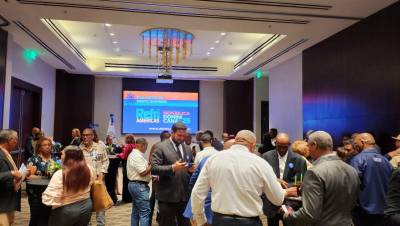
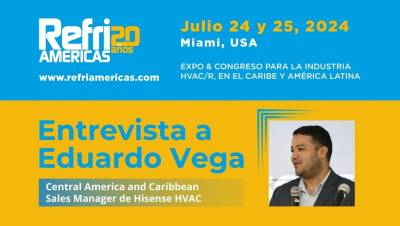
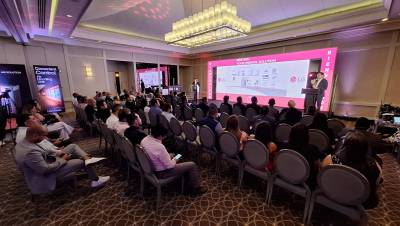
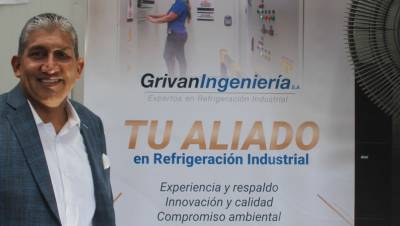
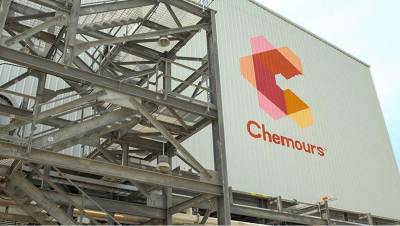
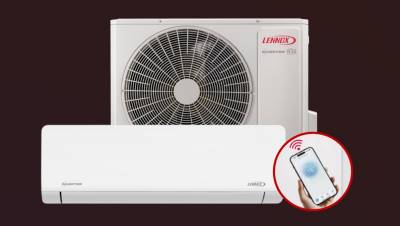

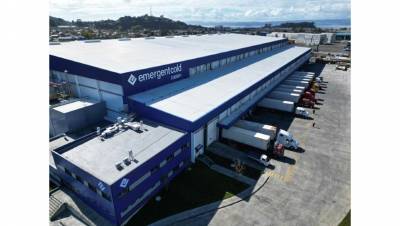

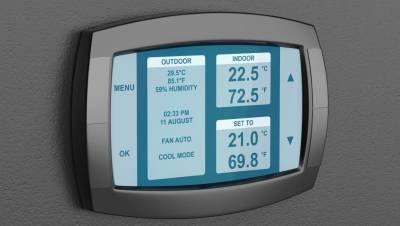
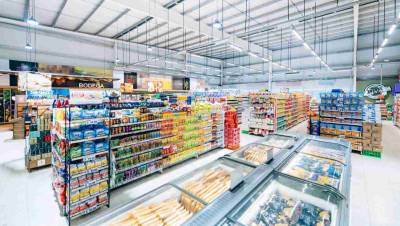
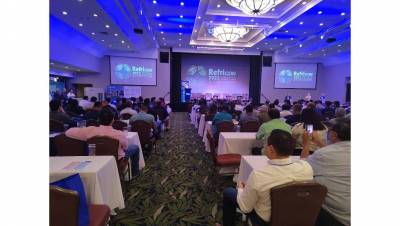
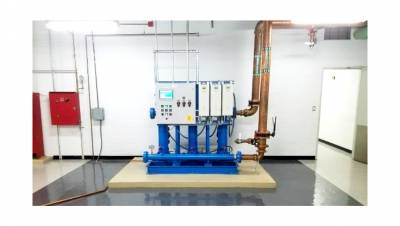
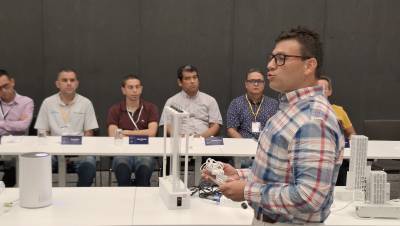
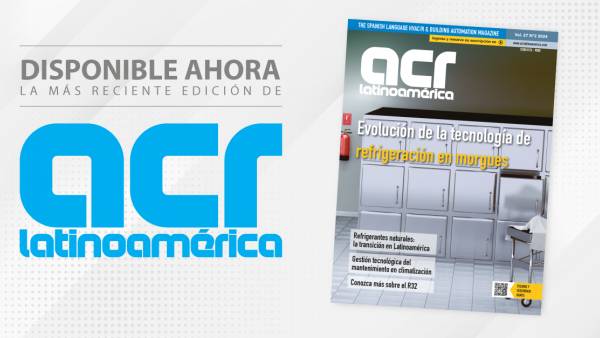







Leave your comment